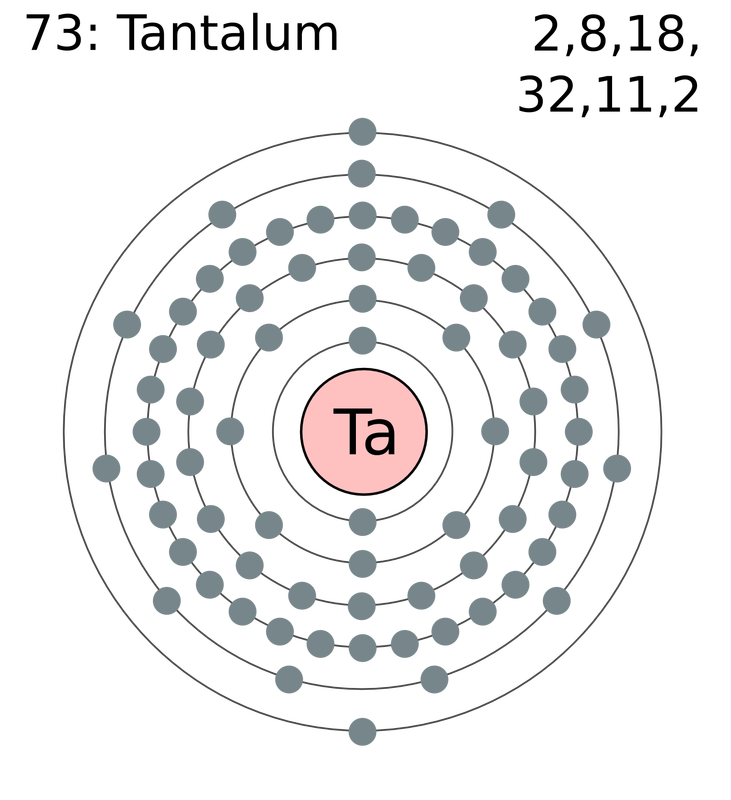The Bohr model of the chemical bond, while initially conceived to describe atomic structure, holds fundamental implications for understanding molecular interactions and bonding theories. Central to this discussion is the Bohr model’s seminal contributions to quantum theory and its subsequent influence on various chemical bonding paradigms, such as covalent, ionic, and metallic bonds. The significance of this model extends beyond isolated atomic representations, elucidating the essence of molecular geometry and reactivity guided by quantum mechanics.
First, it is imperative to delineate the historical context in which the Bohr model emerged. Developed by Niels Bohr in 1913, this model offered a breakthrough perspective on hydrogen atom behavior by introducing quantized energy levels. According to Bohr, electrons occupy discrete orbits around the nucleus, which correlates directly to the atom’s quantized energy states. Each orbit corresponds to a specific energy level, allowing for the absorption or emission of energy in defined quanta, ultimately forming the basis for understanding atomic interactions.
The application of the Bohr model extends beyond single atoms, as it introduces the concept of electron sharing and transfer—the bedrock of chemical bonding. In fact, the model’s validation of quantized orbits led to the development of modern quantum mechanical interpretations of atomic and molecular structure. To thoroughly comprehend this influence, one must analyze the types of chemical bonds that arise from the principles laid out in the Bohr model.
Firstly, covalent bonds exemplify the sharing of electron pairs between atoms, a phenomenon that can be indirectly traced to the quantized energy levels established by Bohr. When two atoms approach each other, their outermost electrons interact, creating a tendency to share electrons to achieve a full valence shell reminiscent of noble gas configurations. This cooperative behavior reduces the system’s energy, leading to a stable molecular formation. The classic example of covalent bonding can be observed in the hydrogen molecule (H2), where each hydrogen atom shares its single electron, resulting in a more stable diatomic molecule.
Notably, the covalent bond’s strength is influenced by various factors, including the number of shared electron pairs and the electronegativity of the involved atoms. The interpretation of this bonding scenario often transitions towards hybridization theories, wherein atomic orbitals blend to form new hybrid orbitals that accommodate bonding in a more geometric configuration. The overlap of hybrid orbitals accounts for the diverse molecular shapes observed in compounds, further amplifying the versatility of covalent bonding.
In juxtaposition, ionic bonds arise when one atom relinquishes an electron, while another atom acquires it, resulting in the formation of charged species known as ions. The extent to which the Bohr model applies to ionic bonding resides in its emphasis on the stability obtained via electrical interactions. The concept of electron transfer leading to opposite charges promotes the engagement of ions, establishing a lattice structure characterized by rugged stability, as seen in common salts like sodium chloride (NaCl). Here, the energetic favorability associated with the formation of ionic bonds provides insight into the diverse properties exhibited by ionic compounds, such as high melting and boiling points.
Moreover, metallic bonding represents another critical aspect influenced by the Bohr model. In metals, the delocalization of electrons—termed the ‘sea of electrons’— facilitates conductivity and malleability. While the Bohr model does not directly elucidate this phenomenon, the principles of quantized energy levels underscore the behavior of electrons in metallic lattices. As electrons move freely among positively charged metal ions, a cohesive attraction ensues, affording metals their characteristic properties.
Furthermore, the transition to more complex bonding scenarios, such as coordination complexes and organometallic compounds, is informed by the frameworks established by the Bohr model. In these systems, the ability of central metal atoms to accept electron pairs from ligands illustrates a nuanced layer of interaction. The ligand-field theory, which extends from the quantum principles introduced by Bohr, elucidates the stabilization afforded by covalent interactions between metal ions and surrounding electron-donor species.
Thus, it becomes evident that the Bohr model not only enhances the understanding of atomic structure but also lays the groundwork for comprehending various chemical bonding interactions. This model serves as a crucial foundational theory that paves the way for more advanced quantum theories and molecular orbital theories. As the field of chemistry evolves, these concepts continue to be integrated into contemporary discussions surrounding reactivity, molecular design, and even materials science.
In summary, the Bohr model’s implementation and its derivations have had profound implications across the spectrum of chemical bonding. From covalent Bonding—the sharing of electrons—to the transfer of electrons in ionic interactions and the delocalized systems in metals, the ramifications of Bohr’s early insights reverberate through modern chemistry. Such a comprehensive understanding enables chemists to predict and manipulate chemical behavior, ultimately facilitating innovation in fields ranging from pharmacology to nanotechnology. The legacy of the Bohr model stands as a testament to the intricate dance of electrons that governs the structure and reactivity of matter in our universe.












